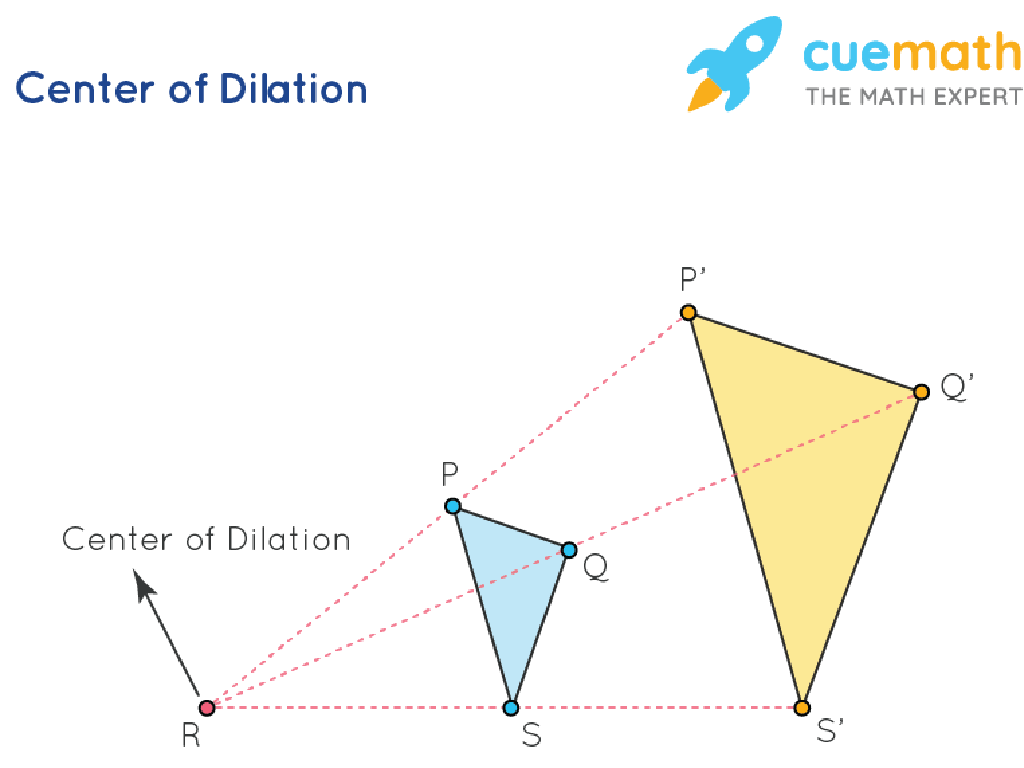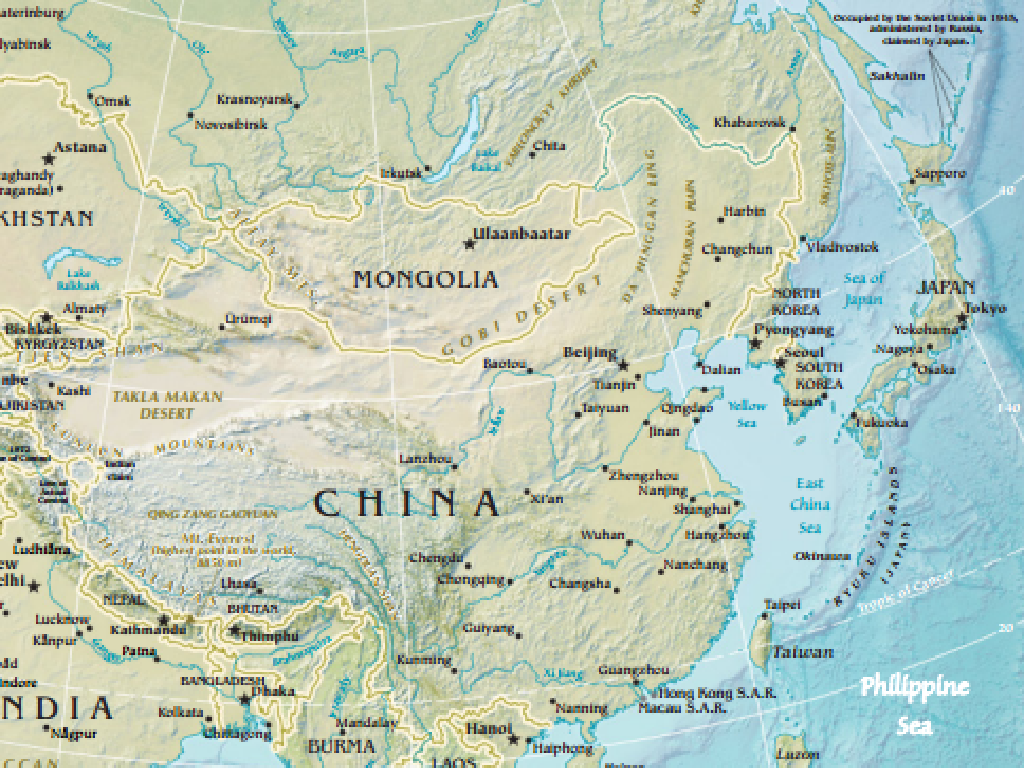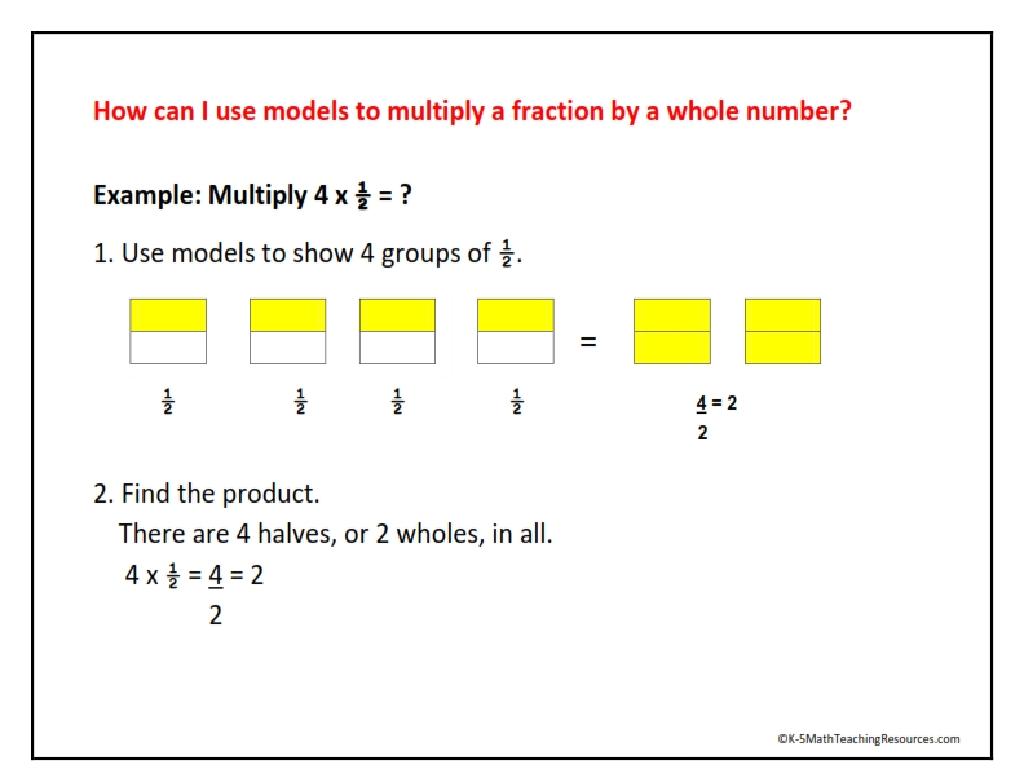Severe Weather: Blizzards
Subject: Science
Grade: Second grade
Topic: Weather
Please LOG IN to download the presentation. Access is available to registered users only.
View More Content
Weather Wonders: Exploring Blizzards
– What is weather?
Weather is the air and atmosphere around us, changing every day.
– Types of severe weather
Severe weather includes blizzards, hurricanes, and tornadoes.
– What is a blizzard?
A blizzard is a big snowstorm with very strong, cold winds.
– Blizzard safety tips
Wear warm clothes, stay inside, and have a safety kit ready.
|
This slide introduces second graders to the concept of weather and its various forms, with a focus on severe weather, particularly blizzards. Begin by explaining that weather is the state of the air around us, which includes temperature, wind, and precipitation. Discuss different types of severe weather, ensuring to include examples like hurricanes and tornadoes, but emphasize blizzards. Describe a blizzard as a severe snowstorm with strong winds and low visibility. Conclude with safety tips for blizzards, such as dressing warmly, staying indoors, and preparing an emergency kit. This will help students understand the importance of being prepared for severe weather conditions.
Understanding Severe Weather: Blizzards
– Severe weather is strong and dangerous
– Examples: Hurricanes, Tornadoes, Blizzards
– Today’s focus: What’s a Blizzard?
– A blizzard is a severe snowstorm with strong winds and lots of snow.
– Blizzards are big winter storms
– Blizzards have strong winds, lots of snow, and make it hard to see.
|
Begin the lesson by explaining that severe weather refers to any harsh or dangerous weather conditions. Provide examples of severe weather such as hurricanes, tornadoes, and blizzards to give students a broad understanding. Emphasize that today’s lesson will focus on blizzards, a type of severe weather common in winter. Explain that blizzards are characterized by heavy snowfall, strong winds, and reduced visibility, making them dangerous. Use images or videos of blizzards to help students visualize. Discuss safety measures and the importance of staying informed during winter weather advisories.
Understanding Blizzards
– What’s a blizzard?
– A big snowstorm with lots of wind
– Blizzards are super snowy
– It’s very cold and snow makes it hard to see
– Blizzards can last a long time
– They can go on for hours or days
– It’s hard to see in a blizzard
– Snowflakes fill the air, making it hard to see
|
This slide introduces students to the concept of blizzards as a type of severe weather. Explain that a blizzard is a strong snowstorm with winds that blow the snow around, making it very cold and difficult to see. Emphasize the duration of blizzards, which can be quite lengthy, affecting areas for hours or days. Use this opportunity to discuss safety measures during blizzards, such as staying indoors, and the importance of weather forecasts. Engage the students by asking if they have ever experienced a blizzard or seen one in movies or books.
Blizzard Conditions
– Strong winds over 35 mph
– Winds this strong can move lots of snow!
– Heavy snowfall and blowing snow
– Snow can fall or be picked up by the wind.
– Visibility under 1/4 mile
– Hard to see far when snow is thick in the air.
– These conditions last 3+ hours
– Blizzards are long-lasting snow storms.
|
This slide introduces students to the specific conditions that define a blizzard. Emphasize that blizzards are severe snowstorms with very strong winds and lots of snow, making it very difficult to see. Discuss how these conditions can affect daily life, such as making it hard to travel or even go outside. Use examples like being unable to see the house across the street to illustrate poor visibility. Explain that blizzards can be dangerous and it’s important to stay safe and warm indoors during such a storm. You can also discuss safety measures and preparations for a blizzard.
Staying Safe in a Blizzard
– Stay inside to keep warm
– Keep a flashlight and extra snacks ready
– In case the power goes out, you can still see and won’t be hungry
– Dress in layers when outside
– Each layer traps heat to protect you from the cold
– Why staying safe is important
– Staying safe helps you avoid getting sick or hurt in the cold weather
|
This slide is aimed at teaching second graders the importance of safety during a blizzard. Emphasize the need to stay indoors to maintain body warmth. Explain that having a flashlight and extra food is essential in case of power outages. Discuss the concept of layering clothing for insulation against the cold if they need to go outside. Finally, reinforce the idea that these precautions are necessary to prevent illness or injury during severe cold weather. Engage the students by asking them what they might include in their own blizzard safety kit and what kind of layers they would wear if they had to go outside.
Fun Facts About Blizzards
– Blizzard size can be massive
– Some blizzards can cover several states at once, like a big snowy blanket!
– Each snowflake is unique
– Just like people, no two snowflakes are exactly the same.
– Animals adapt to blizzards
– Animals have clever tricks to stay cozy and safe when it’s snowy.
|
This slide is designed to capture the interest of second-grade students by sharing fascinating facts about blizzards. Emphasize the vastness of blizzards and how they can affect large areas, sometimes even multiple states. Highlight the uniqueness of snowflakes to encourage curiosity about nature’s intricacies. Discuss how animals have adapted to survive harsh winter conditions, which can lead to a discussion on animal behavior and adaptation. This can be a great opportunity to integrate a science lesson with a touch of geography and biology. Encourage students to think about how they stay warm during winter and compare that to animal strategies.
Class Activity: Blizzard in a Bottle
– Gather your Blizzard Bottle materials
– Mix water, glitter, and white paint in bottle
The glitter represents snowflakes caught in the blizzard.
– Add a drop of dish soap to the mixture
Dish soap helps the glitter swirl like snow in a blizzard.
– Shake the bottle to create your blizzard!
Observe how the ‘snow’ moves inside your mini blizzard.
|
This activity is designed to give students a hands-on experience to understand the concept of blizzards. Each student will need a clear bottle, water, glitter, dish soap, and white paint. Guide them through the steps of creating their mini blizzard, explaining the purpose of each material used. The glitter and white paint simulate snow, and the dish soap creates swirling motion to mimic a blizzard’s windy conditions. After shaking the bottles, discuss with the class how real blizzards form and move. Possible variations of the activity could include using different bottle sizes to see if the ‘blizzard’ swirls differently or adding varying amounts of dish soap to observe changes in the swirling motion.
Blizzards: Wrapping Up
– Blizzards are strong snowstorms
– Staying safe is very important
– Wear warm clothes, stay inside
– Being prepared for a blizzard
– Have supplies like food and water
– Sharing our blizzard knowledge
– Tell your family what you learned
|
As we conclude our lesson on blizzards, it’s crucial to reinforce the power and potential dangers of these severe weather events. Emphasize the importance of safety measures such as dressing warmly and staying indoors. Discuss preparedness, including having an emergency kit with essentials like food, water, and first aid. Encourage the students to share the knowledge they’ve gained about blizzards with their families, so everyone knows what to do if a blizzard occurs. This reinforces their learning and helps them feel responsible for their and their family’s safety.






